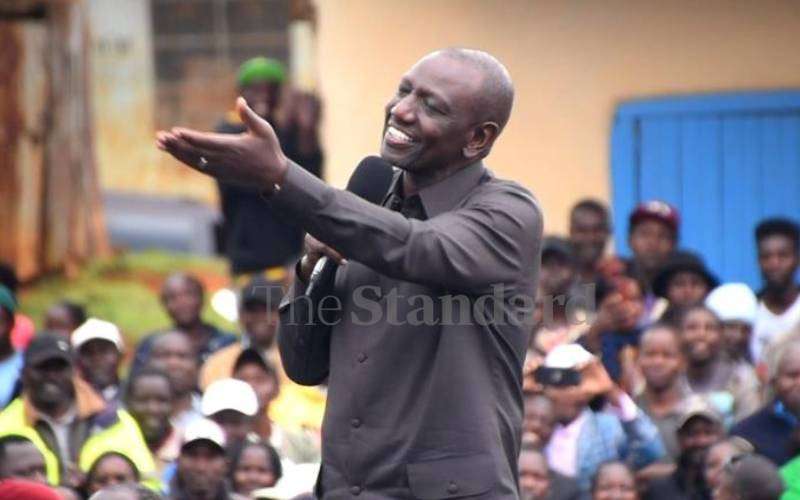×
The Standard e-Paper
Join Thousands Daily

Kenya is a great country. I love it totally. In an earlier life, a very smart Treasury advisor once told me that we are premier league footballers playing Sunday league football.
A current, equally smart, advisor to government offered the insight that Kenyans don't want development, we want services. Between these advisories, we have the difference between the economy and the budget.